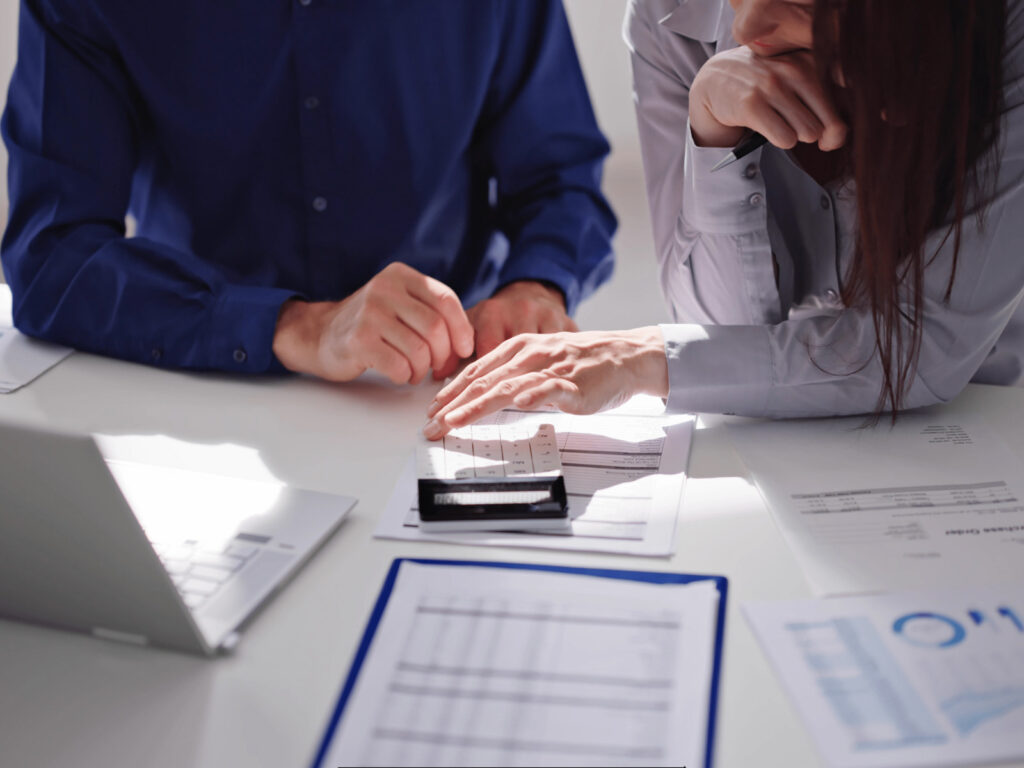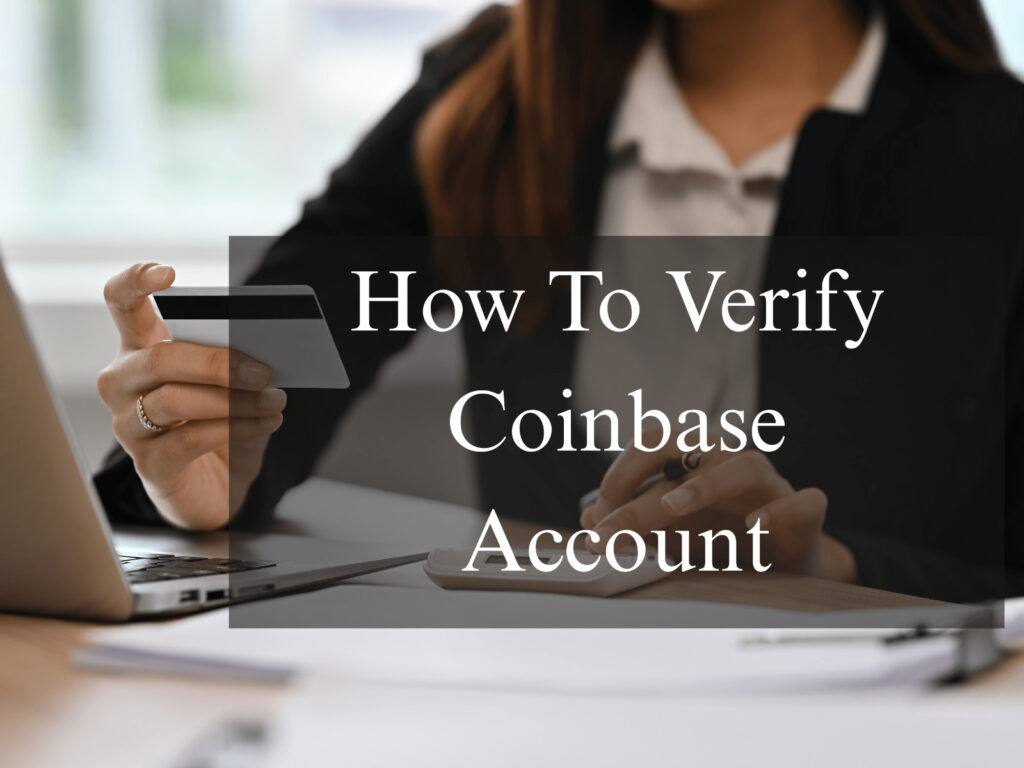Published: September 29, 2025 | 8 min read
Imagine waking up to find your Coinbase account locked with thousands of dollars in cryptocurrency inaccessible. Unfortunately, this scenario happens to more users than you might think. While Coinbase is one of the most trusted cryptocurrency exchanges worldwide, account locks remain a frustrating reality for many traders and investors.
Understanding why Coinbase locks accounts is crucial for anyone holding digital assets on the platform. Whether you’re a casual investor or an active trader, knowing the common reasons behind these restrictions and how to prevent them can save you significant time, money, and stress.

Why Does Coinbase Lock User Accounts in the First Place?
Coinbase locks accounts primarily as a protective measure for both users and the platform itself. As a regulated financial institution operating in the cryptocurrency space, Coinbase must maintain strict security protocols and comply with federal regulations.
When Coinbase’s automated systems detect suspicious activity, potential security threats, or regulatory red flags, they immediately restrict account access. This prevents unauthorized transactions, stops potential fraud in progress, and protects your digital assets from theft or misuse.
The reality is that cryptocurrency platforms face constant threats from hackers, scammers, and bad actors. According to the FBI cyber crime reports, cryptocurrency-related fraud continues to rise each year. Coinbase’s account lock system is part of their multi-layered defense strategy.
Important Context: Most account locks are temporary and can be resolved within 24 to 72 hours once you provide the requested information. The system is designed to err on the side of caution.
What Are the Most Common Reasons Coinbase Locks Accounts?
Understanding the specific triggers for account restrictions helps you avoid them. Here are the primary reasons why Coinbase locks accounts:
1. Incomplete Identity Verification
Every Coinbase user must complete Know Your Customer (KYC) verification to comply with anti-money laundering regulations. If your verification is incomplete, contains errors, or uses outdated documents, Coinbase will lock your account until you submit proper identification.
Common verification problems include:
- Submitting blurry or unclear photos
- Providing documents with mismatched names or addresses
- Using expired identification cards
- Attempting to verify with documents from restricted countries
- Failing to complete additional verification steps for higher transaction limits
The Coinbase User Agreement clearly states verification requirements. Completing this process thoroughly from the start prevents future complications.
2. Suspicious Login Activity and Security Concerns
Coinbase’s security algorithms continuously monitor login patterns. Any deviation from your normal behavior can trigger an account lock. This includes:
- Logging in from unfamiliar countries or IP addresses
- Accessing your account from multiple devices simultaneously
- Numerous failed login attempts in a short period
- Sudden changes to your security settings without proper authentication
If you’re traveling internationally or planning to access Coinbase from a new location, enable all security features beforehand and keep your contact information current.
3. Unusual Transaction Patterns
Automated fraud detection systems analyze your transaction history for anomalies. Behaviors that might trigger locks include:
- Sudden large withdrawals that deviate from your normal trading patterns
- Rapid buying and selling that resembles wash trading
- Transferring cryptocurrency to flagged or high-risk wallet addresses
- Conducting transactions significantly larger than your historical average
4. Payment Method Problems and Chargebacks
Payment-related issues are among the most common reasons Coinbase locks accounts. Problems include:
- Bank payment reversals or insufficient funds
- Credit card declines or expired payment methods
- Initiating chargebacks through your bank after purchasing crypto
- Using payment methods that don’t match your verified identity
Warning: Chargebacks are particularly serious. When you dispute a charge with your bank after buying cryptocurrency, Coinbase treats this as potential fraud, resulting in immediate account restriction and possible permanent closure.
5. Violation of Terms of Service
Coinbase maintains strict terms that users must follow. Common violations include:
- Creating multiple accounts under the same identity
- Using Coinbase for prohibited business activities
- Engaging in market manipulation or coordinated trading schemes
- Providing false information during account creation
- Using the platform from restricted or sanctioned countries
6. Regulatory Compliance and AML Flags
As a licensed financial institution, Coinbase must comply with anti-money laundering (AML) laws. Your account might be locked if:
- Your transactions exceed certain reporting thresholds (typically $10,000+)
- Your activity patterns match known money laundering schemes
- You’re transferring funds to or from high-risk jurisdictions
- Regulatory agencies request information about your account
- Your transactions involve sanctioned entities or individuals
The Financial Crimes Enforcement Network (FinCEN) requires all financial institutions to report suspicious activities, and cryptocurrency exchanges must comply.
How Can You Tell if Your Coinbase Account Has Been Locked?
Recognizing the signs of an account lock helps you address issues quickly. Common indicators include:
- Inability to buy, sell, send, or receive cryptocurrency
- Error messages when attempting transactions
- Email notifications from Coinbase about account restrictions
- Required actions showing in your account dashboard
- Withdrawal and deposit functions being disabled
You might still be able to view your portfolio and transaction history, but all active trading functions will be unavailable until the issue is resolved.
What Should You Do Immediately If Coinbase Locks Your Account?
Taking the right steps quickly can significantly reduce your lockout time:
Step 1: Check Your Email Coinbase always sends detailed explanations when locking accounts. Look for messages in your inbox and spam folder explaining the restriction and what’s needed to resolve it.
Step 2: Review the Specific Reason Understanding why your account was locked determines your next actions. Different issues require different solutions.
Step 3: Gather Required Documentation Depending on the lock reason, you may need:
- Government-issued photo identification
- Proof of address (utility bills, bank statements)
- Transaction receipts or blockchain confirmations
- Written explanations for flagged transactions
- Updated payment method information
Step 4: Contact Coinbase Support Submit a support ticket through Coinbase’s official help center. Include your case number from the lock notification email and all requested documentation.
Step 5: Be Patient but Persistent Response times vary based on case complexity. Simple verification issues might resolve in 24-48 hours, while compliance reviews can take several weeks. Avoid creating multiple tickets for the same issue, as this can slow down the process.
How Long Does It Take for Coinbase to Unlock an Account?
Resolution timeframes depend entirely on the lock reason:
- Verification issues: 1-3 business days with proper documentation
- Security concerns: 2-5 business days after verification
- Payment problems: 3-7 business days once payment issues are resolved
- Compliance reviews: 1-4 weeks depending on complexity
- Terms of service violations: Case-by-case; may result in permanent closure
Throughout the process, responding quickly to any Coinbase requests and providing complete, accurate information helps expedite resolution.
What Are the Best Ways to Prevent Coinbase Account Locks?
Prevention is always easier than dealing with restrictions. Follow these proven strategies:
Security Best Practices
- Enable Two-Factor Authentication (2FA): Use an authenticator app (Google Authenticator, Authy) rather than SMS for stronger security.
- Use Strong, Unique Passwords: Never reuse passwords across platforms. Consider using a password manager like LastPass or 1Password.
- Whitelist Withdrawal Addresses: Pre-approve cryptocurrency wallet addresses for withdrawals to add an extra security layer.
- Keep Contact Information Current: Ensure your email and phone number are up-to-date so Coinbase can reach you about security issues.
- Be Cautious with VPNs: While VPNs protect privacy, they can trigger security alerts. If you must use one, stick to the same server location consistently.
Verification and Compliance
- Complete Full Verification Early: Don’t wait until you need to make a large transaction. Upload clear, valid documents as soon as you create your account.
- Keep Documents Updated: Replace identification documents before they expire to avoid interruptions.
- Maintain Consistent Information: Ensure all your personal information matches across documents and accounts.
- Understand Transaction Limits: Know your account limits and follow proper procedures when you need to increase them.
Transaction Best Practices
- Establish Regular Patterns: Consistent trading behavior helps algorithms recognize your normal activity.
- Notify Before Large Transactions: Consider contacting support before making unusually large withdrawals or deposits.
- Use Verified Payment Methods: Only use payment methods registered in your name with sufficient funds.
- Never Initiate Chargebacks: If there’s a transaction problem, contact Coinbase support instead of disputing charges with your bank.
- Verify Recipient Addresses: Double-check wallet addresses before sending cryptocurrency to avoid flagged destinations.
Can You Still Access Your Funds When Your Account Is Locked?
This depends on the lock type. In most cases:
- You can view your cryptocurrency balances and transaction history
- You cannot buy, sell, trade, or transfer any assets
- You cannot withdraw funds to external wallets
- You cannot add new payment methods or make deposits
For security-related locks, these restrictions protect your assets from potential theft. For compliance locks, they ensure no further transactions occur during the review period.
In extreme cases involving serious violations, Coinbase may restrict all account access, including viewing capabilities, until the matter is fully investigated.
What Happens If Your Coinbase Account Lock Cannot Be Resolved?
While rare, some account locks cannot be resolved due to:
- Serious terms of service violations
- Failure to provide required documentation
- Residing in restricted jurisdictions
- Unresolvable compliance or legal issues
In these situations, Coinbase typically allows you to withdraw your cryptocurrency to an external wallet after compliance issues are addressed, even if the account remains permanently restricted for new transactions.
If you believe your account was locked unfairly and Coinbase support hasn’t been helpful, consider:
- Filing a complaint with the Consumer Financial Protection Bureau (CFPB)
- Seeking legal advice, particularly if significant funds are involved
- Documenting all communications and actions for potential dispute resolution
Are There Alternative Ways to Contact Coinbase About Account Locks?
While email tickets are the primary communication channel, Coinbase offers several contact methods:
- Help Center: Submit detailed support requests with document uploads
- In-App Messaging: Use the support chat if you still have account access
- Phone Support: Available for account security and access issues
- Social Media: Twitter and Facebook for initial guidance (though they’ll direct you to official channels for sensitive issues)
Critical Warning: Beware of scammers posing as Coinbase support. Coinbase will never ask for your password, seed phrase, private keys, or 2FA codes. If someone claiming to be from Coinbase requests this information, it’s absolutely a scam.
How Does Coinbase Compare to Other Exchanges Regarding Account Locks?
All major cryptocurrency exchanges implement account locks for security and compliance. However, approaches vary:
- Coinbase emphasizes strict compliance and tends to be more conservative with locks
- Binance has faced regulatory scrutiny and implements similar restrictions
- Kraken focuses on transparency but still locks accounts for security reasons
- Gemini maintains high security standards with comparable lock policies
The common thread is that regulated exchanges in the United States must comply with the same federal regulations, resulting in similar account lock triggers across platforms.
Key Takeaways: Protecting Your Coinbase Account
Understanding why Coinbase locks accounts empowers you to maintain uninterrupted access to your cryptocurrency investments. Remember these essential points:
- Complete full verification immediately using clear, valid documents
- Enable strong security features including 2FA with an authenticator app
- Establish consistent transaction patterns to avoid triggering fraud alerts
- Keep contact information current so Coinbase can reach you about issues
- Never initiate chargebacks for cryptocurrency purchases
- Respond quickly to any Coinbase communications about your account
- Be cautious of scammers claiming to be Coinbase support
While account locks are frustrating, they exist primarily to protect your assets and ensure platform compliance with financial regulations. Taking preventive measures significantly reduces your risk of experiencing restrictions.
If you do face an account lock, stay calm, follow Coinbase’s instructions carefully, and provide requested information promptly. Most locks are temporary and can be resolved with proper documentation and communication.
